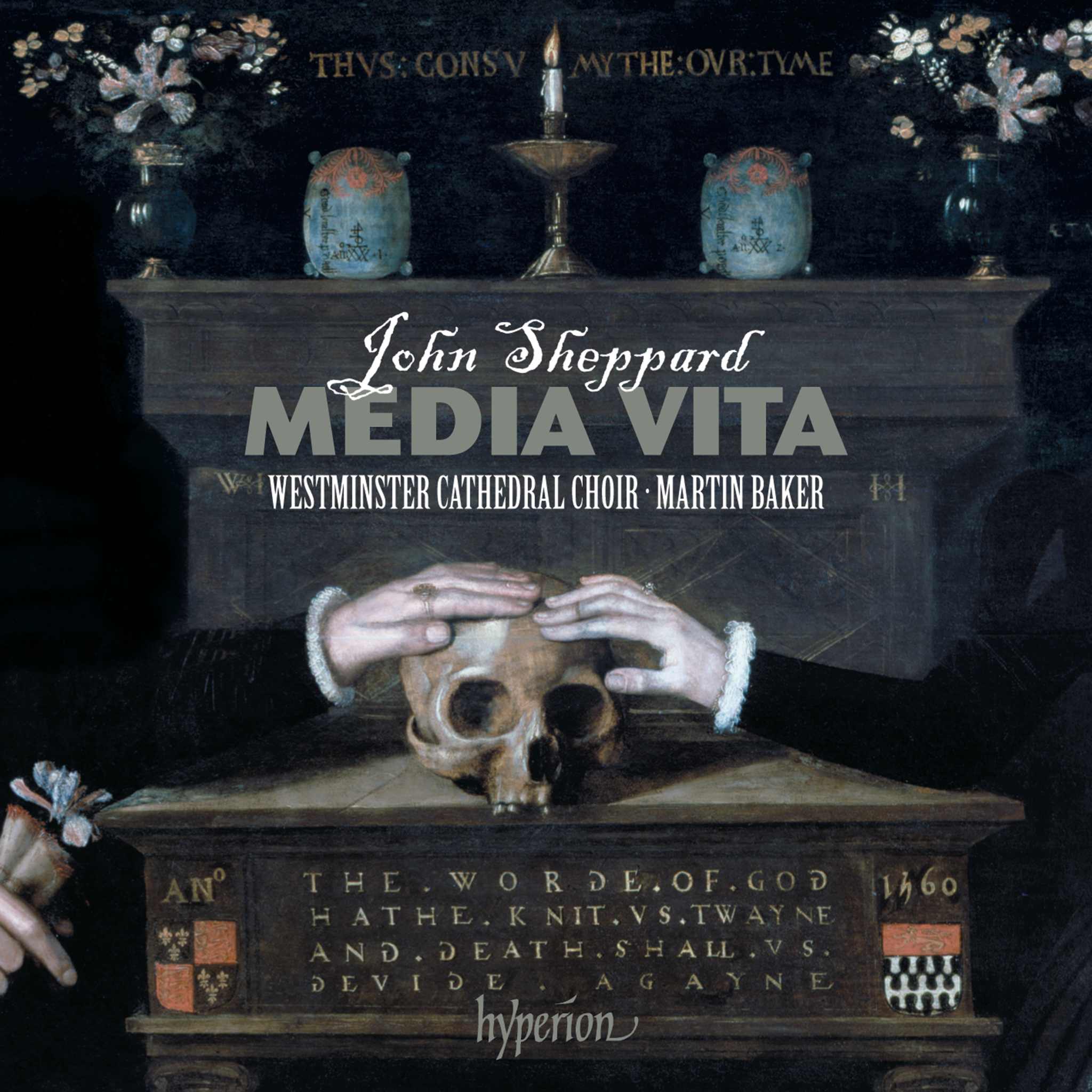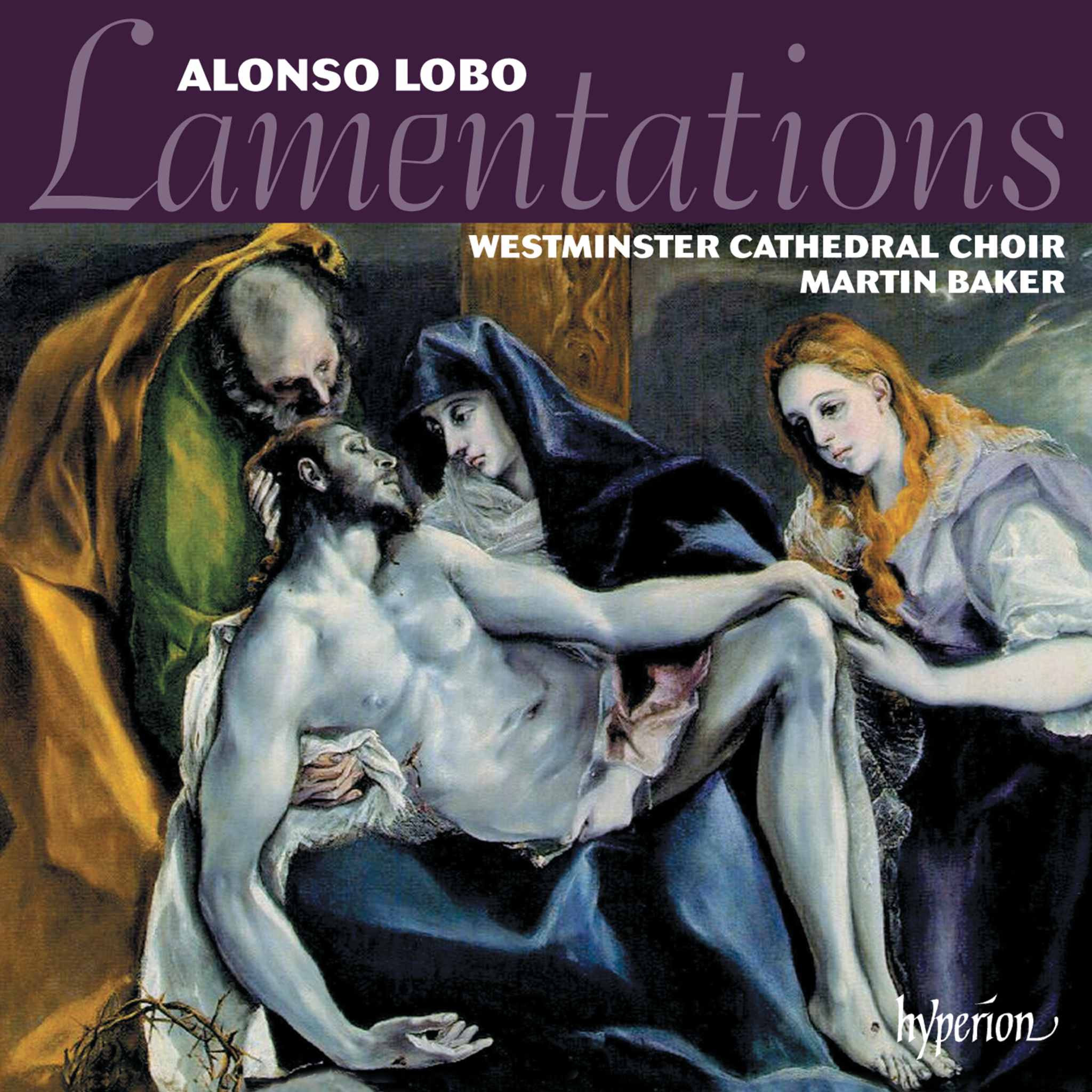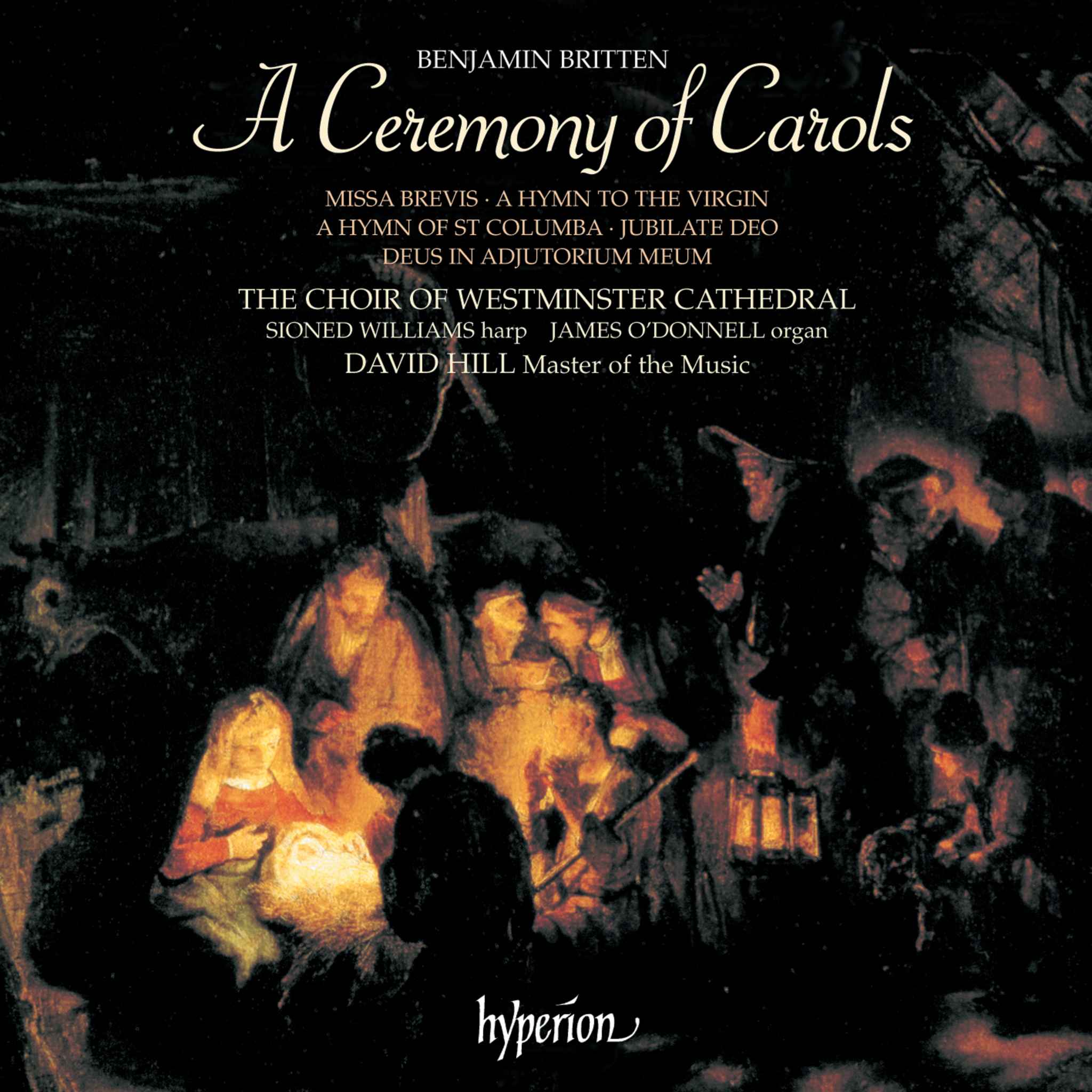Album insights
Back in December 1921, Guido M. Gatti stated in the Musical Times that Ildebrando Pizzetti was unquestionably Italy's most prominent musician at the time. This pronouncement came during a period of rising international acclaim for Italian music. Notably, Puccini was at the height of his fame with works like "La boutique fantasque" premiering in London and Respighi's "Fontane di Roma" gaining recognition. Despite the success of composers like Puccini, it is remarkable that Gatti hailed Pizzetti given Puccini's popularity. Pizzetti's opera "Fedra" faced criticism at its premiere due to its unconventional music but he continued his opera projects, including "Débora e Jaéle." The unveiling of Pizzetti's Violin Sonata adds a new dimension to his illustrious career, capturing the attention of music enthusiasts like Gatti and gaining recognition for his unique musical style.
Pizzetti commenced composing his Violin Sonata in A major in September 1918, completing it by the following year. This seminal work garnered considerable acclaim within Italy's chamber music repertoire circle. Not everyone was convinced of its brilliance, however, as Ezra Pound expressed in his review of one performance. Despite critical opinions, the Times praised the Sonata for its clear expression of emotions. Subsequent reviews in the Musical Times and The New Age highlighted the Sonata's unique blend of traditional and progressive elements, solidifying its place as a significant piece within Italian instrumental music.
John C. G. Waterhouse lauded Pizzetti's Violin Sonata, considering it the most impressive Italian composition for the violin. The Sonata's popularity extended beyond Italy, reaching international audiences as far as the United States. Pizzetti's esteemed reputation led to a successful concert featuring the Sonata in Washington DC. Esteemed musicians like Yehudi Menuhin and his sister recognized the Sonata's value, showcasing their appreciation for contemporary Italian instrumental works by recording it for a British record company.
Pizzetti's "Tre canti," initially composed for cello and later transcribed for violin, presented a lighter and more charming musical exhibition compared to the emotional depth of the Violin Sonata. Additionally, Mario Castelnuovo-Tedesco, one of Pizzetti's prominent pupils, dedicated his Sonata quasi una fantasia to Adila Fachiri, a renowned Hungarian violinist. The Sonata's debut in London faced mixed reviews, with some critics deriding it for its perceived shortcomings in modern music composition.
Castelnuovo-Tedesco faced criticism over his work, with Modern Music magazine dismissing his Sonata as a mishmash of outdated musical styles. Despite the backlash, the creation displayed a unique interplay of harmonies and concise musical form. The Sonata's three interlinked movements, characterized by distinct emotional shifts, provide a glimpse into Castelnuovo-Tedesco's evolving compositional style and marked a significant addition to the genre of chamber music.







